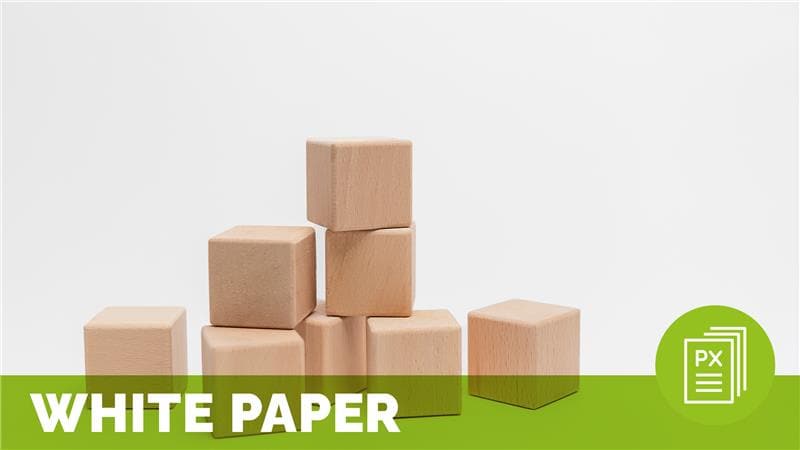Reigniting the Human Experience: Strategies for Getting Back to Basics

The Beryl Institute announces the release of its latest white paper, Reigniting the Human Experience: Strategies for Getting Back to Basics. Grounded in insights from The Beryl Institute community, this paper explores the impact of straying from the core principles of healthcare excellence and makes a compelling case for re-aligning efforts around proven, human-centered strategies. It serves as a call to action for healthcare organizations to recommit to compassion, communication, and inclusion—anchored by strong leadership and meaningful staff engagement.
Related content
-
 Culture & Leadership | Infrastructure & Governance | Quality & Clinical Excellence
Culture & Leadership | Infrastructure & Governance | Quality & Clinical ExcellenceHealth Equity: The Metronome for Human Centered Care
As the healthcare landscape continues to evolve, and as consumers seek a more personalized care experience, integrating health equity into experience management emerges as a critical factor in enhancing institutional performance. Traditionally, health equity has been viewed as a separate component of healthcare quality improvement. However, in this webinar, we will explore the pivotal role
Learn more -
 Environment & Hospitality | Quality & Clinical Excellence
Environment & Hospitality | Quality & Clinical ExcellenceThe Essential Role of Front Desk Staff in Shaping Patient Experience
By Margo Schlewitz, MS, Manager, Multispecialty Practice Academic Ambulatory Care at the University of Michigan Health-West Community Health Center The patient experience begins the moment an individual walks into a healthcare facility, and often, the front desk team sets the tone for the entire visit. These team members are crucial in building trust, creating a
Learn more -
 Patient Family & Community Engagement | Quality & Clinical Excellence
Patient Family & Community Engagement | Quality & Clinical ExcellenceKindness is Good Medicine: Research in Increasing Kind Behaviors in Healthcare
By Jeannette Maré Like many people who are drawn to human experience work in healthcare, I experienced a tragedy that changed everything about how I understand myself. Just before his third birthday, my son Ben died suddenly and unexpectedly of a croup virus. I am not being hyperbolic when I say that I didn’t think
Learn more
